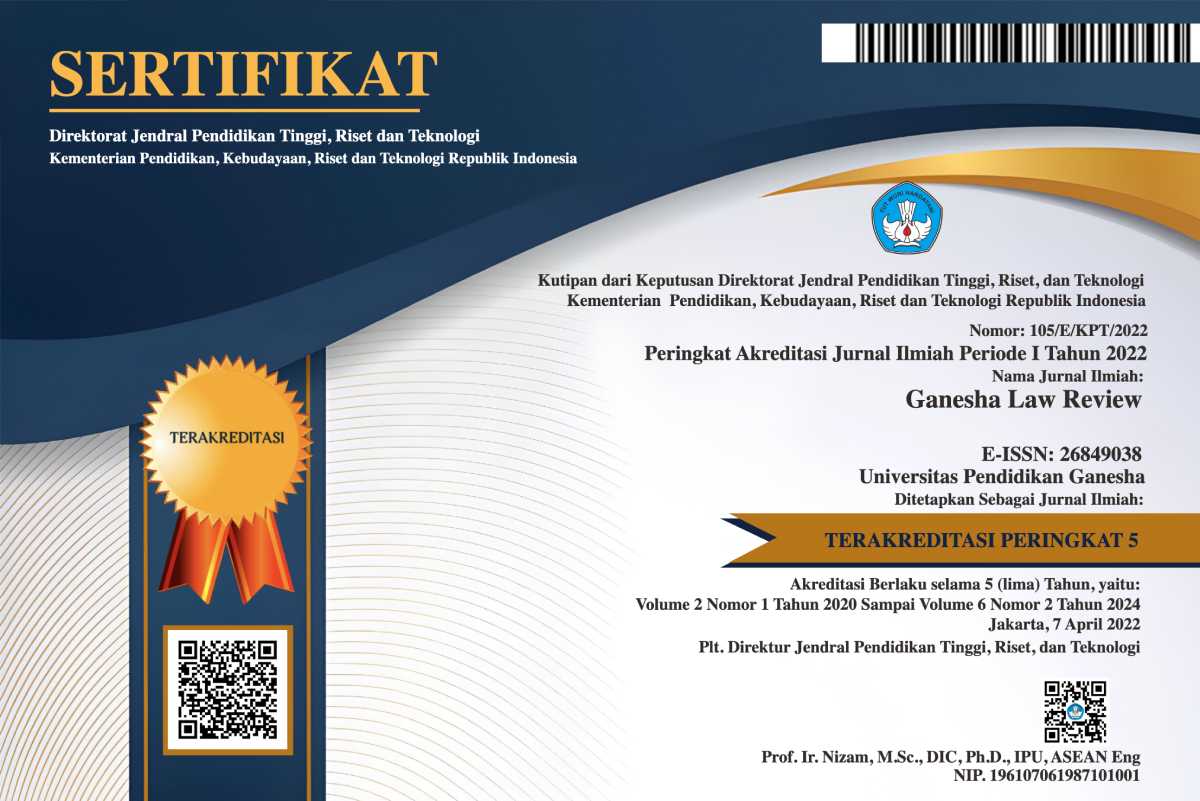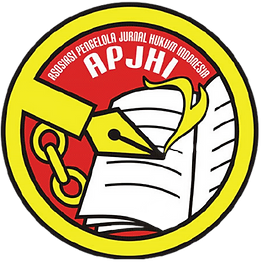INTERNATIONAL LEGAL PROTECTION STUDY FOR REFUGEES THROUGH THE 1951 REFUGEE CONVENTION AND 1967 PROTOCOL
Abstract
The definition of a refugee based on the 1951 Convention includes a person who because of his fear of persecution caused by reasons of ethnicity, race, religion, nationality, membership of certain social groups and also certain political parties outside his country of nationality so that he does not want protection from that country. To provide protection to international refugees, the 1951 Refugee Convention was enacted as a form of legal protection. The refugees then evacuate to seek legal protection in countries that have ratified the Convention. Prior to 1951, issues related to international refugees were still a polemic, especially in terms of legal protection and legal status for these refugees. Therefore, writing this article aims to find out the legal protection for international refugees through the 1951 Convention, find out who is called a refugee, determine the status of international refugees, their position and rights, as well as countries that have ratified and have not ratified. the convention. The method used in writing this scientific article is a library research method through several literatures such as websites, journals and also e-books that are in accordance with the topic of this article. This article shows the findings that international refugees currently have legal status, their position and rights are protected in a refugee country when that country has ratified the 1951 Convention and the 1967 protocol.








.jpg)
.png)




